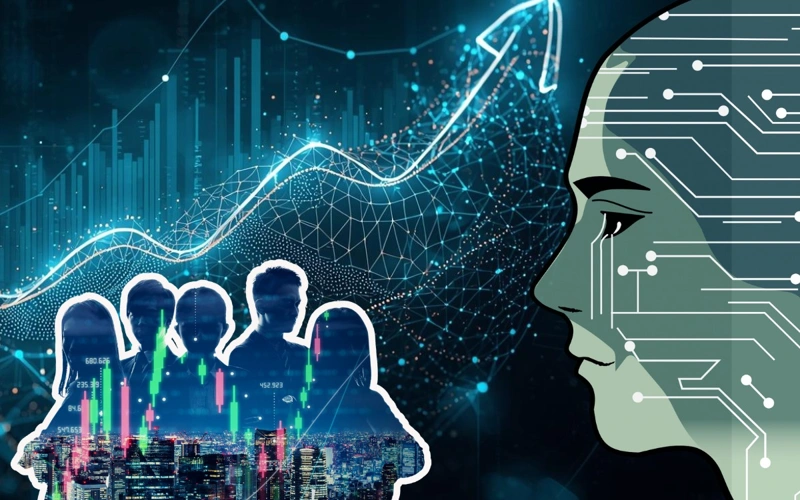How investment in AI is powering a new economic revolution
Global investment in artificial intelligence continues to grow rapidly, with spending expected to reach $1.48 trillion in 2025 - about 50% higher than the previous year. Analysts project that the figure will exceed $2 trillion by 2026 and approach $3.3 trillion by 2029, making AI one of the fastest-expanding technologies of recent decades, reports a Kazinform News Agency correspondent.

Artificial intelligence is moving beyond the realm of startups and short-term trends. It is becoming part of the world’s economic foundation - much like electricity or the internet once did. Governments and private companies are expanding data centers, purchasing advanced computing chips, and developing cloud infrastructure to strengthen their digital capacity. The global balance of influence is increasingly measured by computing power rather than by territory or natural resources.
Public concern that AI could lead to widespread job losses remains strong, but labor statistics suggest a more complex reality. In the United States, unemployment has risen slightly since mid-2023 - by 0.8 percentage points in industries with low levels of automation and by 0.7 percentage points in highly digital sectors. Economists note that these changes are tied more to broader economic conditions than to automation itself.
When growth slows, companies reduce costs - often affecting employees in less efficient operations first.
Throughout history, new technologies have reshaped the labor market rather than eliminated it. Machines replaced manual work, computers reduced paperwork, and artificial intelligence is now taking over repetitive tasks - freeing people to focus on analysis, creativity, and decision-making. Employment is changing, not disappearing, and adaptability and continuous learning are becoming essential skills.
Economists estimate that AI could add about 0.3 percentage points to global productivity growth annually over the next decade. Over time, this could amount to several thousand dollars in additional income per person.
Experts outline several possible directions for the future of AI. It may follow the historical pattern of driving technological progress; create a world of abundance where machines produce most goods; raise concerns about control; or lead to a model in which humans and AI work together. The latter scenario - where AI enhances human capabilities - already appears to be taking shape.
For Kazakhstan, the development of artificial intelligence represents a major opportunity. Many sectors of the national economy still rely on manual processes - from public services to construction. Introducing digital tools in these areas could help address labor shortages and improve efficiency. To capitalize on this shift, experts highlight three main priorities: expanding computing infrastructure, preparing a skilled workforce in data and analytics, and fostering a culture of technological confidence and curiosity.
Earlier it was reported that Kazakhstan had set up an Acceleration Group to advance the integration of artificial intelligence in the fuel and energy sector, comprising representatives from the leading companies in the industry.
